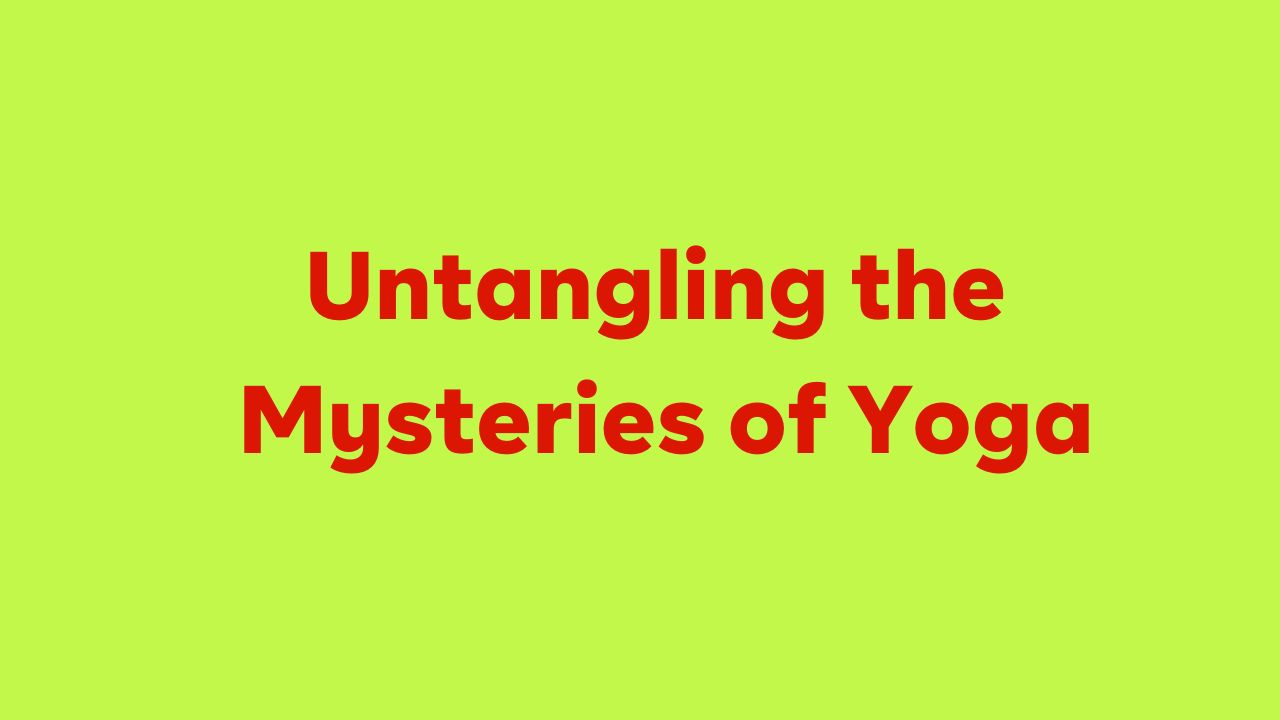Feel Refreshed and Relaxed in Just 10 Minutes with This full Body Stretch
Welcome to a 10-minute deep full Body Stretch. Feel free to have props nearby such as pillows, bolsters, or yoga blocks for support and comfort. If you feel the need to modify any poses, it’s totally fine. Let’s start in a wide-leg child’s pose, with the knees spread comfortably apart.
Next, thread the right arm under the left and keep the left hand planted in front of your face for a gentle stretch. This will help release tension in the shoulders and back. Take deep breaths and focus on relaxing each muscle group as we move through the sequence. Enjoy this time for yourself and let go of any stress or tension from your day.
During this yoga pose, you have the option to reach your hands towards the top corner of the mat. This variation is optional, and you can choose to rest your forehead on the mat instead.
Alternatively, you could reach your hands forward, or simply skip this pose if it feels uncomfortable. As you gently release from the pose, consider using a bolster or yoga block for support. Feel free to switch sides as needed for a balanced practice.
Incorporating props like bolsters and yoga blocks can provide additional comfort and stability, making it easier to hold poses for longer periods of time.
Remember to listen to your body and make adjustments as necessary to ensure a safe and enjoyable practice. With consistent practice and mindful attention, you can gradually improve your flexibility and strength while deepening your connection with the present moment.
Revitalize Your Muscles and Mind with a Deep Full Body Stretching Routine
To ease into a comfortable child’s pose, you can modify by using pillows or props like bolsters and yoga blocks. Place pillows under your hips or between your hips and heels for added support. You can even rest your torso over a few pillows to make the pose more relaxing.
Take a deep breath, drawing it into your chest as you exhale, allow yourself to soften your shoulders, upper back, arms, and hands. This gentle release helps to alleviate tension in the body and promote relaxation in the mind.
Take this time to fully embrace the comfort and peace of the child’s pose while allowing your body to unwind and reset.
In a yoga class, we begin by drawing deep breaths into the belly, expanding the lower back as we inhale. As we exhale, we allow our hips to become heavy, softening the bottoms of our feet and toes. From there, we gently release into tabletop pose, resting our shoulders and knees on the mat.
We can use a bolster or yoga block for support if needed. Then, on an exhale, we round through the spine and take our gaze down for cat pose. On the inhale, we drop the belly and raise our gaze for cow pose.
After this gentle warm-up, we may move into child’s pose to rest and stretch before continuing with the practice. This sequence encourages mindful movement and awareness of breath while promoting flexibility and relaxation.
Transform Your Spine with Cobra Pose: Feel Powerful and Limber!
As we move through this sequence, remember to synchronize your breath with your movements. Start by finding a comfortable seated position and placing a bolster or yoga block in front of you for support. Then, gently walk your hands forward, allowing your body to naturally rock from side to side as you explore organic movement.
When you feel ready, slowly shift your hips towards your heels, rounding through each vertebra until you reach your belly. Keep a slight bend in your elbows as you transition into child’s pose. Once here, take a moment to find stillness and breathe deeply into the back of the body.
If you’re comfortable, you can choose to transition into cobra pose by gently lifting your torso off the ground, keeping the tops of the feet and thighs grounded. Feel free to explore rocking from side to side here as well, allowing for further release in the lower back and hips.
Remember that these poses are meant to be practiced at your own pace and comfort level—listen to your body and honor its cues.
As you begin your yoga practice, remember to keep the shoulders soft and lift through the sternum. Tuck your tailbone to protect your lower back and focus on getting a full stretch throughout the entire front body. You can use a bolster or yoga block to support your poses if needed.
Start by gazing over one shoulder and then the other, feeling the gentle release of tension in your neck and upper body. Then, tuck your toes, press into the hands, and send the hips up for downward facing dog. Take a moment here to walk it out and find your alignment.
When you’re ready, come down onto your knees for child’s pose to rest and relax. You can also transition into cobra pose for a gentle backbend, allowing the heart to open and the chest to expand. Remember to listen to your body’s cues and make adjustments as needed throughout your practice.
Elevate Your Wellness Journey with the Healing Benefits of Pigeon Pose
when engaging in organic movement, it’s important to focus on twisting from side to side while pressing the mat away from you. This action helps to ground your body into the mat and create a strong foundation for your practice. As you move, remember to keep the head heavy and free of tension in the neck, allowing for relaxation and ease.
On an inhale, lift your left leg, and on the exhale, bring the knee and ankle towards the top of the mat. This sets you up for a deep stretch in the Four Pigeon Pose. If needed, consider placing pillows underneath your hips for added support, particularly under the left hip and at the front of the right hip. This modification can enhance comfort and stability as you work through this pose.
Overall, integrating these adjustments will help optimize your experience with organic movement, ensuring that you maintain proper alignment while respecting your body’s unique needs throughout your practice.
Bend your right leg to increase height and support. If it doesn’t feel good, you can skip this pose. You should only feel a gentle stretch. You can rest here or fold over your left leg, resting your forehead on your forearms, a pillow, or a block. Breathe into your belly and exhale, letting your hips and legs relax, especially your right knee.
Take a moment to connect with your breath. Breathe into your belly and soften your hips and left leg. Relax the muscles in your feet and ankles to let go of any built-up tension. Then, tuck your left toes and send your right foot back into a downward dog position. On an exhale, plant your knees, tuck your toes, and sit your hips on your heels. This might be intense for many of you.
You can lean forward and lift your hips. Slowly draw your hips towards your heels. Sit tall and take a deep breath. Release and shake out your toes. Then, sit with your right heel beside your left hip, with your right knee pointed forward. Keep your left foot inside or outside your right knee.
Sit up straight, breathe in, and twist your body to the left as you breathe out. Place your right elbow on the outside of your left knee and your left hand behind you. Keep sitting up straight.
Breathe out and soften your shoulders as you twist your body to the right. Breathe in and release, then switch sides. Place your left heel next to your right hip and put your right foot on the inside or outside of your left leg.
Breathe in and sit up straight, then breathe out and twist your body to the right, looking over your right shoulder. Keep creating space as you breathe in and let go as you breathe out. Then, switch sides.
Sit down comfortably and hug yourself. Raise your hands up, and then stretch to the left and right. Bring your hands back up, then stretch to the right and left. Raise your hands up, and then lower them. Take a deep breath, raise your hands, and then lower them. Finally, bring your hands to your heart.










